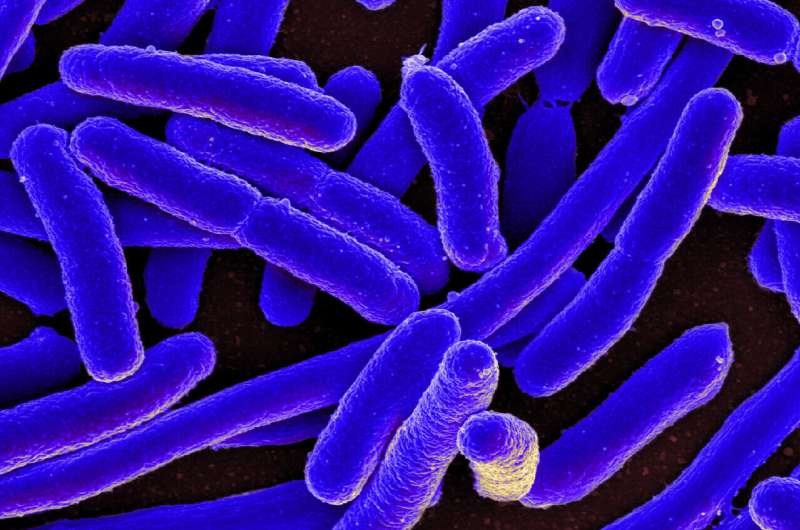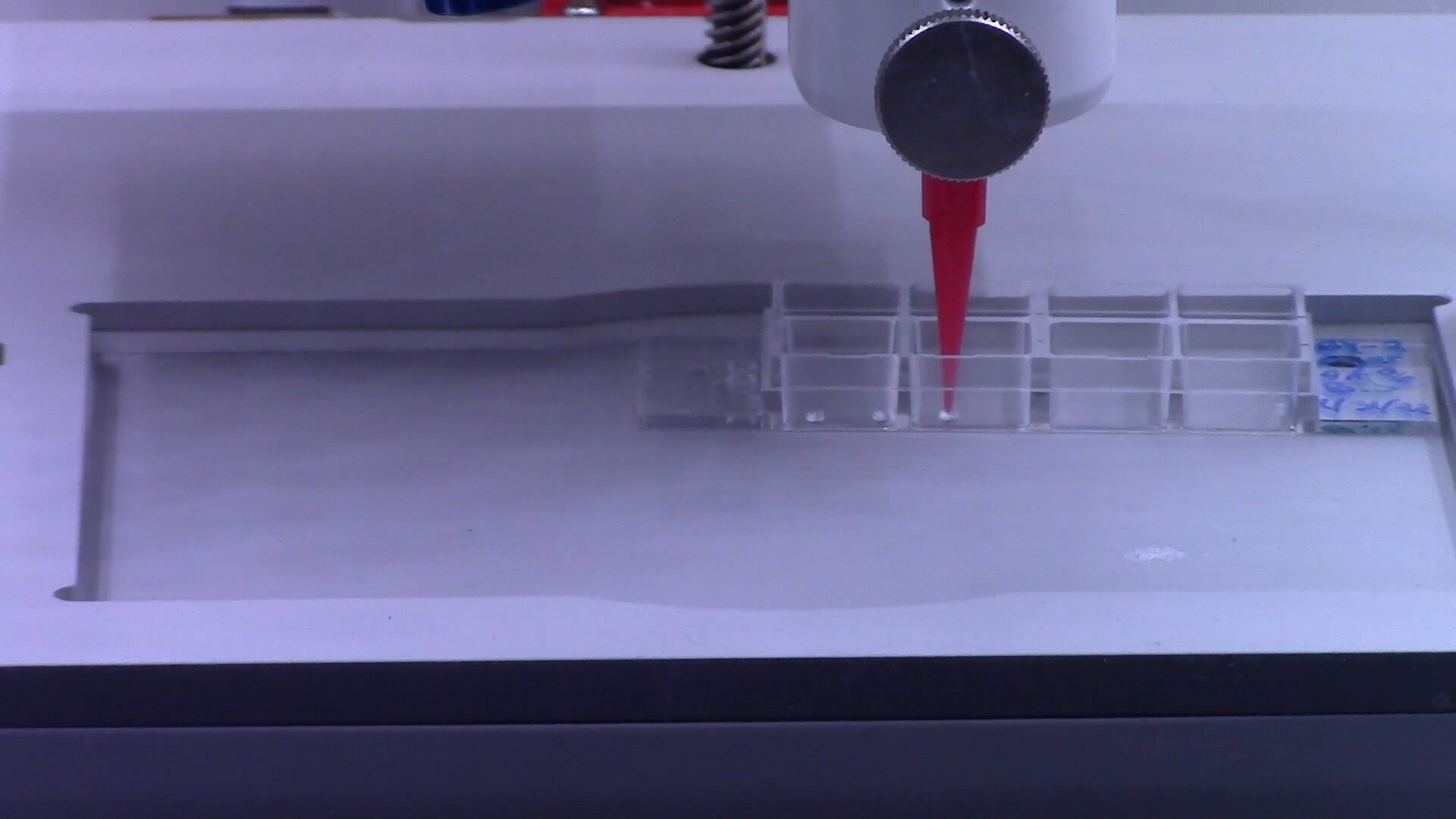#Experts develop way to harness CRISPR technology to deal with antimicrobial resistance

Antimicrobial resistance (AMR) is continuing to increase globally, with rates of AMR in most pathogens increasing and threatening a future in which every day medical procedures may no longer be possible and infections thought long dealt with could kill regularly again. As such, new tools to battle AMR are vitally needed.
A new research review at this year’s ESCMID Global Congress (formerly ECCMID—Barcelona 27–30 April) shows how the latest CRISPR-Cas gene editing technology can be used to help modify and attack AMR bacteria. The presentation is by Dr. Rodrigo Ibarra-Chávez, Department of Biology, University of Copenhagen, Denmark.
CRISPR-Cas gene-editing technology is a groundbreaking method in molecular biology that allows for precise alterations to the genomes of living organisms. This revolutionary technique, which brought its inventors, Jennifer Doudna and Emmanuelle Charpentier, the Nobel Prize in Chemistry in 2020, enables scientists to accurately target and modify specific segments of an organism’s DNA (genetic code).
Functioning like molecular ‘scissors’ with the guidance of guide RNA (gRNA), CRISPR-Cas can cut the DNA at designated spots. This action facilitates either the deletion of unwanted genes or the introduction of new genetic material into an organism’s cells, paving the way for advanced therapies.
Dr. Ibarra-Chávez says, “Fighting fire with fire, we are using CRISPR-Cas systems (a bacterial immunity system) as an innovative strategy to induce bacterial cell death or interfere with antibiotic resistance expression—both hold promise as novel sequence-specific targeted ‘antimicrobials.'”
One line of their work involves creating guided systems against antimicrobial resistance genes that could treat infections and prevent dissemination of resistance genes.
Mobile genetic elements (MGEs) are parts of the bacterial genome that can move about to other host cells or also transfer to another species. These elements drive bacterial evolution via horizontal gene transfer. Dr. Ibarra-Chávez explains how repurposing mobile genetic elements (MGEs) and choosing the delivery mechanism involved in the antimicrobial strategy is important for reaching the target bacterium.
A phage is a virus that infects bacteria, and it is also considered MGE, as some can remain dormant in the host cell and transfer vertically. The MGEs his team is using are phage satellites, which are parasites of phages.
He says, “These ‘phage satellites’ hijack parts of the viral particles of phages to ensure their transfer to host cells. In contrast to phages, satellites can infect bacteria without destroying them, offering a step-change over existing methods involving phages and thus developing an arsenal of viral particles that are safe to use for applications such as detection and modification via gene delivery.
“Phage particles are very stable and easy to transport and apply in medical settings. It is our task to develop safe guidelines for their application and understand the resistance mechanisms that bacteria can develop.”
Bacteria can evolve mechanisms to evade the action of the CRISPR-Cas system and delivery vectors can be vulnerable to anti-MGE defenses. Thus Dr. Ibarra-Chávez’s team and others are developing the use of anti-CRISPRs and defense inhibitors in the delivery payloads to counter these defenses, to enable the CRISPR to arrive and attack the AMR genes in the cell.
Dr. Ibarra-Chávez also discusses how combination strategies employing CRISPR-Cas systems could promote antibiotic susceptibility in a target bacterial population. Phages have a particular selective pressure on AMR cells, which can improve the effect of some antibiotics. Similarly, using CRISPR-Cas in combination with phages and/or antibiotics, it is possible to suppress the mechanisms of resistance that infectious bacteria may develop by targeting such virulence/resistance genes, making these therapies safer.
He explains, “Bacteria are particularly good at adapting and becoming resistance. I believe we need to be cautious and try using combinatorial strategies to avoid the development of resistance, while monitoring and creating guidelines of new technologies.”
Dr. Ibarra-Chávez has primarily focused on tackling resistance in Staphylococcus aureus and Escherichia coli. Now, in collaboration with Prof. Martha Clokie and Prof. Thomas Sicheritz-Pontén, his team will treat group A Streptococci necrotizing soft tissue infection (flesh eating bacteria) using the combination approaches described above.
Provided by
European Society of Clinical Microbiology and Infectious Diseases
Citation:
Experts develop way to harness CRISPR technology to deal with antimicrobial resistance (2024, April 26)
retrieved 26 April 2024
from https://phys.org/news/2024-04-experts-harness-crispr-technology-antimicrobial.html
This document is subject to copyright. Apart from any fair dealing for the purpose of private study or research, no
part may be reproduced without the written permission. The content is provided for information purposes only.
If you liked the article, do not forget to share it with your friends. Follow us on Google News too, click on the star and choose us from your favorites.
If you want to read more Like this articles, you can visit our Science category.




